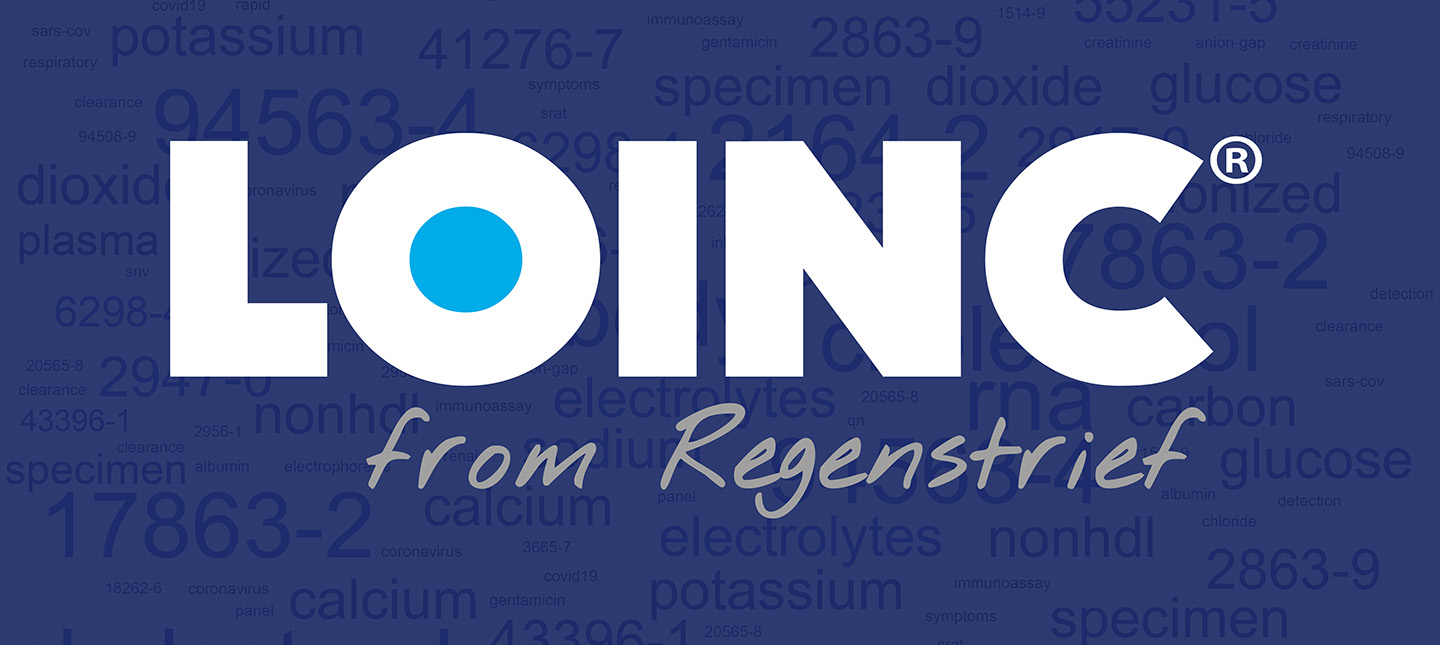LOINC, developed at Regenstrief Institute, is an international standard for coding health information
World health experts are extolling the benefit of universally coding the World Health Organization’s new Essential Diagnostics List (EDL). In a commentary published in The Lancet Digital Health, authors urge the use of Regenstrief Institute-developed LOINC® to standardize the list.
The EDL is the first document of its kind, aiming to provide a structure for identifying, promoting and increasing the supply and availability of the most effective and important in-vitro diagnostics to countries around the world. The list will make the diagnostic information available in low-income and middle-income countries, helping them direct resources toward the most important tests. The authors of the paper believe that in order to maximize the benefits of the EDL and make it useful to health policy planners, this list needs to have a data standard applied to it as it is developed.
The authors suggest the use of LOINC (Logical Observations Identifiers Names and Codes), which is developed and supported by Regenstrief Institute. LOINC is an international coding system for identifying health measurements, observations and documents. The system provides a precise clinical vocabulary that enables unambiguous representation of data, such as lab tests and other procedure results and clinical documents, in the electronic health record and facilitates the exchange and collection of that data across health systems. Its use enables appropriate identification and aggregation of data to improve clinical decision-making and patient outcomes.
In the article, the authors list several advantages that coding the EDL with LOINC would provide for governments and people of economically resource-constrained countries:
- Increased patient choice by allowing patients to compare prices and turnaround times between institutions.
- Minimized risk of laboratory errors through specific coding.
- Interoperability by allowing smaller laboratories to send samples to more capable laboratories.
- Improved ordering and quality control.
The writers acknowledge that other coding systems could also help achieve these goals as well, however, LOINC is available free of charge, while other systems are proprietary. LOINC codes are continually updated and are in use in 176 countries and 12 languages.
In order to improve health and healthcare around the world, the authors write that the availability of high-quality lab testing is crucial. To facilitate the effort to incorporate LOINC into the EDL process, the authors mapped the second edition of the EDL to LOINC terminology.
“Effective coding is key to the development and use of the WHO Essential Diagnostics List” was written by Jacob McKnight, PhD of Oxford Health System Collaboration, University of Oxford; Michael L. Wilson, M.D., of African Strategies for Advancing Pathology; Pamela Banning, B.S., of 3M Health Information Systems and LOINC; Chris Paton, BMBS, MBA of Oxford Health System Collaboration, University of Oxford; Felix Bahati, BSc of KEMRI-Wellcome Trust Research Programme in Kenya; Mike English, MBBChir of Oxford Health System Collaboration, University of Oxford and KEMRI-Wellcome Trust Research Programme in Kenya; and Ken Fleming, MBChB, DPhil, M.A. of Oxford Health System Collaboration, University of Oxford.
About LOINC®
LOINC was created in 1994 at Regenstrief Institute in an effort to facilitate interoperability in healthcare. There was a growing trend to send clinical data electronically between healthcare entities, a practice that is integral today. Today, the LOINC coding system contains more than 92,000 terms for everything from a serum alpha 1 antitrypsin level to a zygomatic arch x-ray report. For each concept, LOINC covers many other rich details, such as synonyms, units of measure, and carefully crafted descriptions.
About Regenstrief Institute
Founded in 1969 in Indianapolis, the Regenstrief Institute is a local, national and global leader dedicated to a world where better information empowers people to end disease and realize true health. A key research partner to Indiana University, Regenstrief and its researchers are responsible for a growing number of major healthcare innovations and studies. Examples range from the development of global health information technology standards that enable the use and interoperability of electronic health records to improving patient-physician communications, to creating models of care that inform practice and improve the lives of patients around the globe.
Regenstrief Institute is celebrating 50 years of healthcare innovation. Sam Regenstrief, a successful entrepreneur from Connersville, Indiana, founded the institute with the goal of making healthcare more efficient and accessible for everyone. His vision continues to guide the institute’s research mission.










